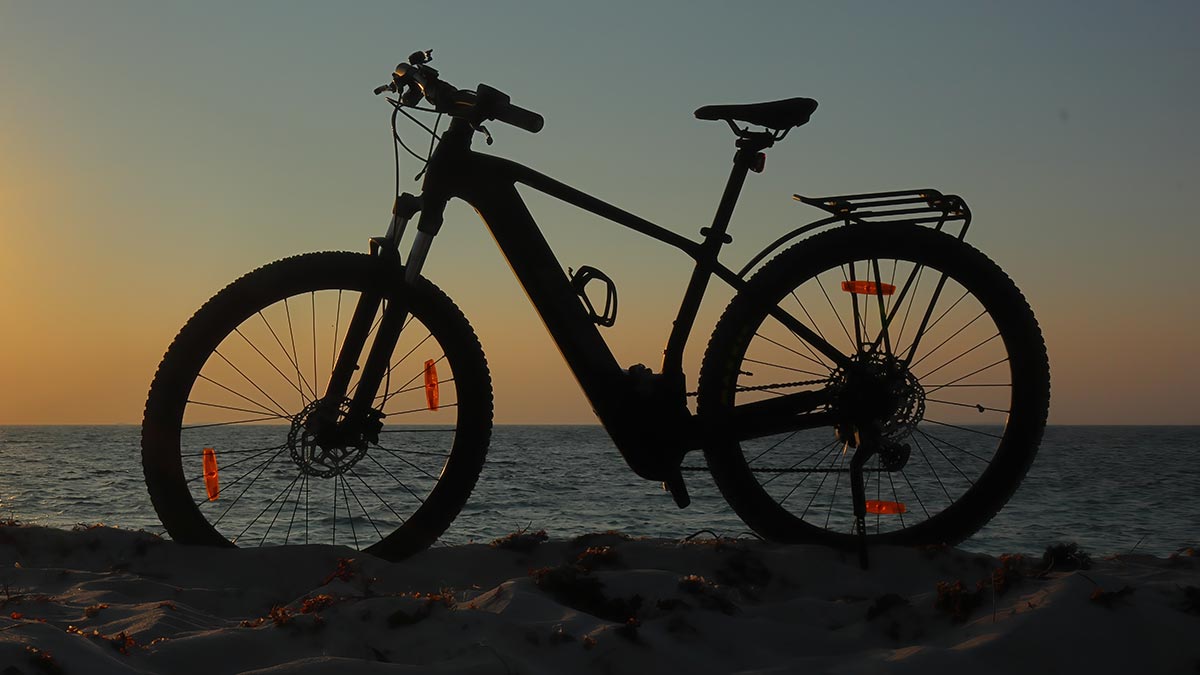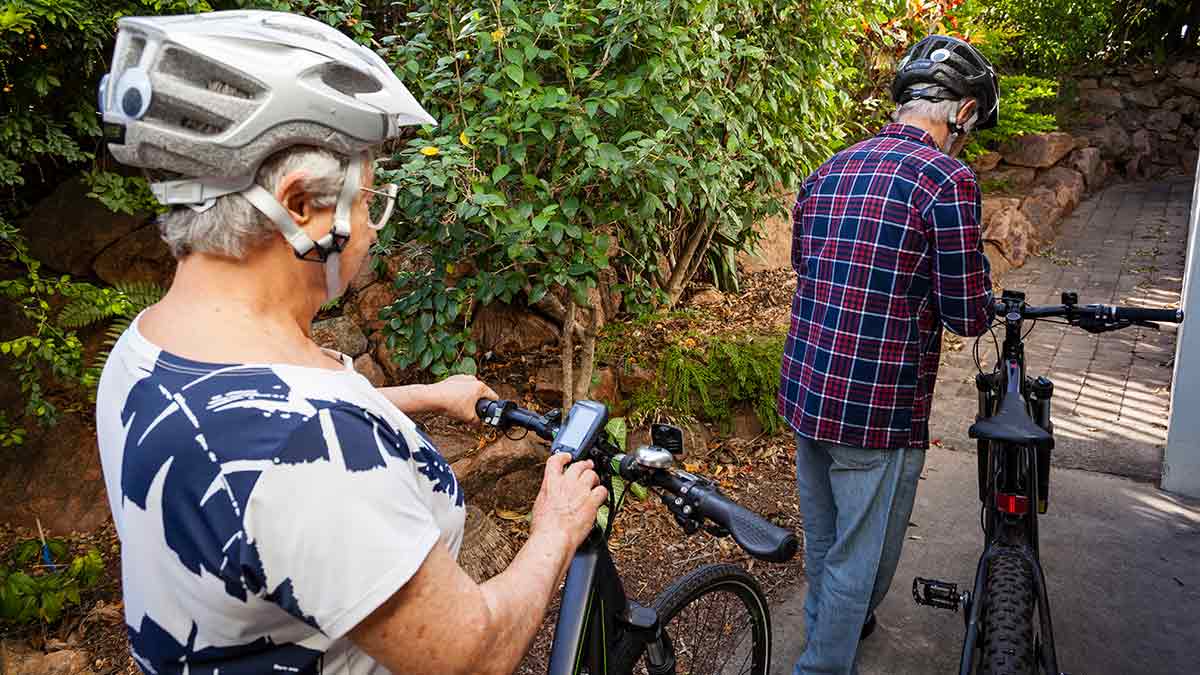Bikes are a top target for thieves. Here’s how to properly lock your bicycle to prevent theft. Considering rising bike theft numbers, it’s more important than ever to learn how to properly lock your bicycle to deter theft.
Electric bikes: Your guide to buying and riding an e-bike

Considering adding an electric bike (e-bike) to your household? Here’s everything you need to know about buying and riding an e-bike, including how they work and how to charge them.
Across Australia, e-bikes are fast gaining popularity, now accounting for more than a quarter of all new bicycles imported here and racking up about 100,000 sales a year.
That’s a monumental increase from around 9,000 e-bike sales in 2017, as Australians cotton on to the many benefits of electric assistance over a traditional bike – whether riding for leisure, commuting or taking up more adventurous pursuits.
There is, however, a lot to consider when buying an e-bike, so to help you take off here is a comprehensive guide that covers the key issues and the 10 most popular questions people ask about electric bicycles.
In this article
- What to consider when buying an electric bike
- How does an e-bike work?
- What are the different types of e-bike?
- How much does an e-bike cost?
- How do you ride an e-bike?
- How fast can an e-bike go?
- How far can an e-bike go on a single charge?
- How do you charge an e-bike?
- How long do e-bike batteries last?
- What are the road rules for e-bikes?
- Where can I go on an e-bike?
What to consider when buying an electric bike
Electric bikes can encourage people to take up, or continue, cycling when they might otherwise have given it away.
They make light work of hilly terrain and headwinds and can get you through a journey at a quicker pace than you might have done on your own pedal-power, opening up new possibilities such as riding to work or travelling to new destinations.
As RACV’s General Manager of Mobility, Julia Hunter, explains, e-bikes can also deliver significant cost savings if you're using them instead of driving the car or taking public transport.
“E-bikes are a great way to combine lifestyle benefits with savings you can make by reducing costs associated with fuel, tolls and parking,” she says.
But Hunter adds that it’s important for e-bike newcomers to understand what they’re getting into and to take plenty of time when choosing an electric bike – talking to staff at a bike shop, trying out different styles of e-bike, understanding how they work and how to be safe when riding them.
“There’s a lot to consider when buying an electric bike, so we suggest you think about the sort of riding you plan to undertake and then go out to explore the world of e-bikes before making a purchase,” she says.
Sign up for RACV's free Arevo journey planner app and get access to a 15 per cent discount on full-priced bikes and accessories – including electric bikes – at 99 Bikes.

E-bikes are available in different categories to suit various applications, such as leisure, commuting and off-road use. Image: Getty

If you are familiar with riding a regular bicycle, the switch to an electric bike should be relatively straighforward. Image: Getty

Electric bikes should be able to run for at least 40km before needing to recharge. Image: Getty

An electric bike can assist with riding on hilly or rugged terrain without breaking a sweat. Image: Getty

Designated bike parking areas around Melbourne can help you secure your e-bike, though using good quality D-locks is recommended. Image: Matt Harvey


